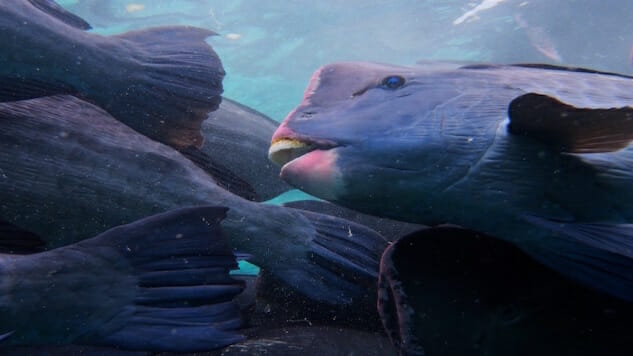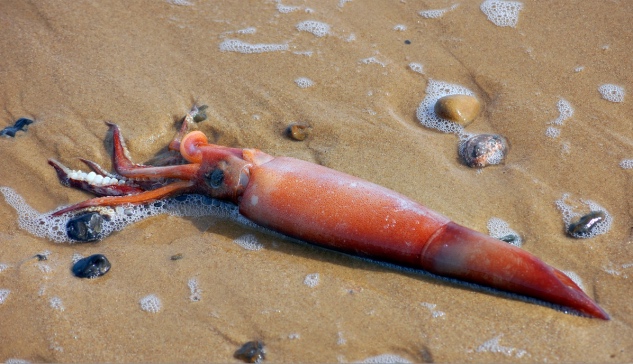Warming Signs: Different Fish to Fry

Often, when we talk about climate change, it seems like a far-off scenario. We talk in terms of saving the planet for future generations and predict disruptive sea level rise within the century. But the effects of climate change are already felt around the world; future changes will only intensify them.
![]()
Close your eyes and imagine an underwater world teeming with brightly colored fish and rich coral. When you’re done peeking into that seascape, you head to the dinner table and feast on fresh tropical fish. Look around: Do you see turquoise waters lapping against the shores of an island in the Caribbean or the Pacific? Or are you surrounded instead by the often-frozen coastlines of the Arctic?
In the last century, the North Atlantic ocean has warmed by at least two degrees; other oceanic “hotspots” have seen a rise of three degrees. That may not sound like much, but in delicate oceanic ecosystems, it means the world.
In a few decades, Arctic and Antarctic seas will likely be home to some of the most diverse and flourishing marine populations on the planet, while regions closer to the equator will see a rapid deterioration of sea life. As oceans respond to wide scale climate change, marine life is changing faster than many of us can keep up.
Around the globe, fish are migrating to cooler waters north and south to the poles, and sometimes deeper into the ocean. By the end of the century, scientists estimate that 78 to 95% of the oceanic biodiversity will change in major ways.
You don’t have to go to the tropics or the Arctic, though, to see how climate change is already affecting fish—and those who depend on them for food.
![]()
What Climate Change Means for Marine Life
There are, of course, other reasons for changes in fish populations, overfishing and habitat loss chief among them. And it’s unclear whether the fish themselves are swimming to new areas as part of a mass migration, or whether a few fish have simply thrived better in the new waters and reproduced more.
But the science on the role of climate change is undeniable.
-

-

-

-

-

-

-

-

-

-

-

-

-

-

-

-

-

-

-

-

-

-

-

-

-

-

-

-

-

-

-

-

-

-

-

-

-

-

-

-

 Image by
Image by 






































